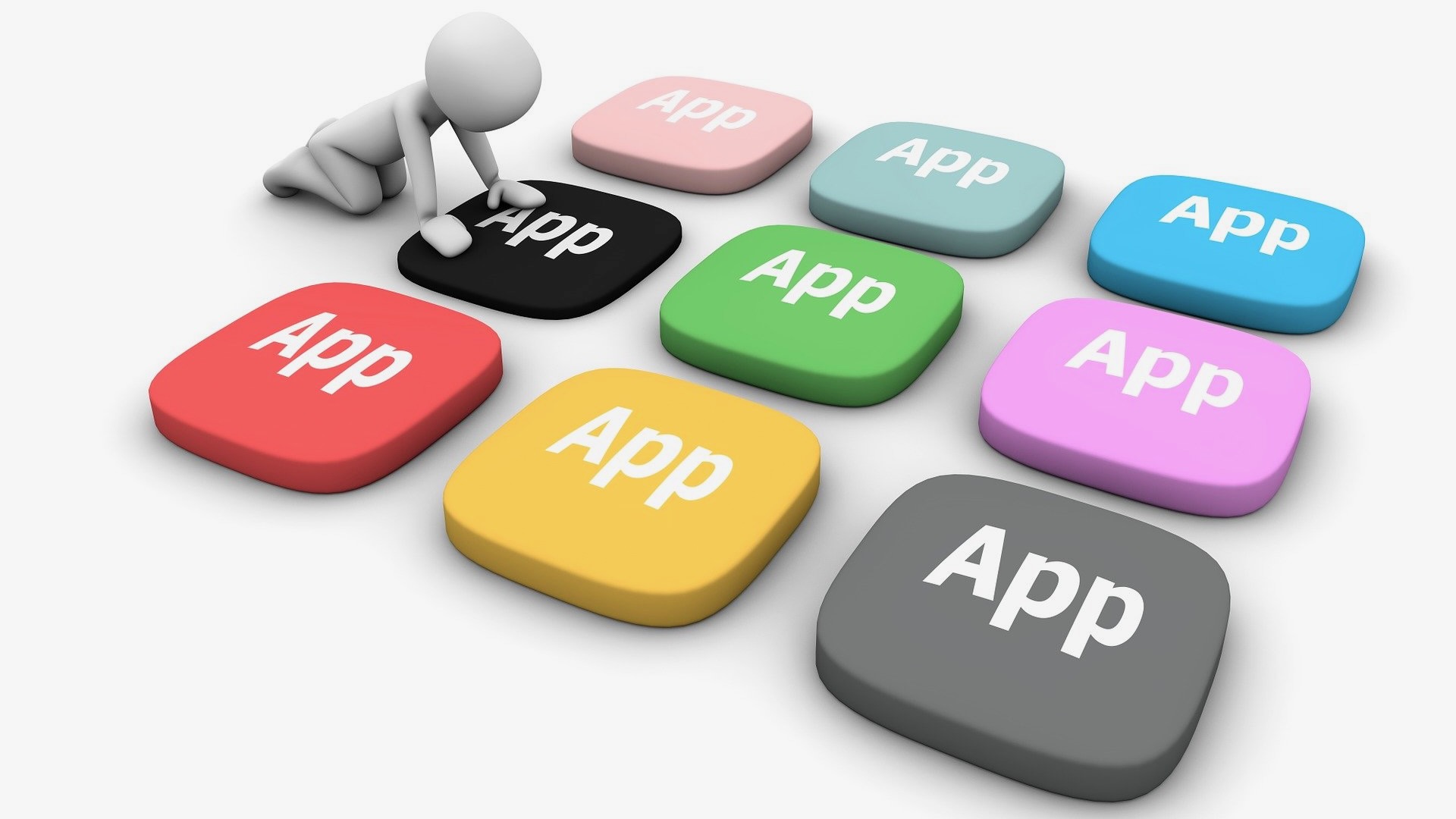Subscription vs. one-time purchase software: we analyzed the true cost for SMBs
Is one better than the other?

The software industry has undergone a significant shift in its business model over the past decade.
Traditional one-time purchase licenses, once the standard for software acquisition, have increasingly given way to subscription-based models.
This transformation affects everyone from individual consumers to large enterprises, changing how we budget for, use, and interact with software - this article examines both models in depth, exploring their advantages, disadvantages, and helping you determine which approach might work best for your specific needs.
One-time purchasing model
The one-time purchasing model for software offers several notable advantages.
Primarily, users enjoy complete ownership of their software version, which eliminates the need for recurring payments.
This aspect contributes to more predictable long-term budgeting, making it potentially more economical for individuals and businesses relying on stable software over extended periods.
Furthermore, users are freed from internet connectivity requirements and the growing trend of subscription fatigue prevalent in today’s market.
Sign up to the TechRadar Pro newsletter to get all the top news, opinion, features and guidance your business needs to succeed!
However, significant drawbacks accompany this model. The initial investment may be high, which can strain immediate budgets.
Moreover, the absence of regular updates can leave users vulnerable to security threats and compatibility issues as technology advances.
Technical support often diminishes for older software versions, exacerbating risks associated with emerging vulnerabilities.
Thus, businesses must carefully assess their needs to determine the appropriateness of a perpetual license.
The subscription model
Software subscription models, also known as Software-as-a-Service (SaaS), offer several advantages for Small and Medium-sized Businesses (SBMs).
On the positive side, subscriptions provide predictable monthly expenses rather than large upfront investments, making budgeting more manageable and improving cash flow.
They typically include automatic updates and technical support, ensuring businesses always have access to the latest features and security patches without additional costs.
The scalability of subscription models allows SBMs to easily adjust their software usage as they grow or as needs change, only paying for what they actually use.
Additionally, subscription services often operate in the cloud, enabling remote work flexibility and reducing hardware infrastructure costs.
However, subscription models also present challenges for SBMs. The ongoing monthly or annual payments can potentially exceed the cost of a one-time purchase over the long term, especially for software that doesn't require frequent updates.
Businesses become dependent on the subscription, risking data access issues if payments lapse or if the provider changes terms or discontinues the service. Internet connectivity requirements for many subscription-based solutions can be problematic for businesses in areas with unreliable connections.
Finally, SBMs may face complex migration challenges if they later decide to switch to a different software provider, as data transfer between platforms can be difficult and time-consuming.
Which companies use which solution?
Software companies utilize various pricing strategies to market their products. Adobe has fully embraced the subscription model through its Creative Cloud suite, providing users with regular updates and cloud storage for a monthly fee.
Similarly, Microsoft offers its Office suite primarily through Microsoft 365 subscriptions, though it maintains some perpetual license options for certain business customers.
Salesforce pioneered the Software-as-a-Service (SaaS) model in the CRM space, operating exclusively through subscriptions with different pricing tiers based on feature access and user counts.
In contrast, companies like Affinity have maintained a traditional one-time purchase approach with their Publisher and Designer applications, appealing to users who prefer ownership over ongoing payments.
Using a hybrid approach, Apple sells professional applications like Final Cut Pro X and Logic Pro X as one-time purchases while offering subscription services like Apple One and iCloud+. The first two are also available on a month-to-month basis through the App Store.
Intuit employs a dual strategy with QuickBooks, providing both desktop perpetual licenses and QuickBooks Online subscription options to accommodate diverse business preferences.
JetBrains offers an innovative "perpetual fallback license" model where subscribers receive permanent access to the version they last paid for if they discontinue their subscription, blending security with flexibility.
The choice is yours
For small and medium-sized businesses (SMBs), choosing between software subscription models and one-time purchases involves weighing various financial and operational factors.
Subscription models offer SMBs lower upfront costs, predictable monthly expenses, and continuous access to updates and support. This makes budgeting more manageable while ensuring they always have the latest features and security patches.
This model also provides greater flexibility to scale as the business grows or to discontinue services that aren't delivering value.
Conversely, one-time purchase models appeal to SMBs seeking to avoid recurring costs, maintain complete software ownership without dependency on a third-party service, and have stable software needs without frequent updates.
These businesses often prioritize long-term cost savings over having the latest features, especially when they have sufficient IT resources to manage maintenance independently.
The optimal choice ultimately depends on the SMB's cash flow situation, growth trajectory, technical requirements, and whether their priority is minimizing immediate expenditure or total cost of ownership over time.
Bryan M. Wolfe is a staff writer at TechRadar, iMore, and wherever Future can use him. Though his passion is Apple-based products, he doesn't have a problem using Windows and Android. Bryan's a single father of a 15-year-old daughter and a puppy, Isabelle. Thanks for reading!
You must confirm your public display name before commenting
Please logout and then login again, you will then be prompted to enter your display name.
